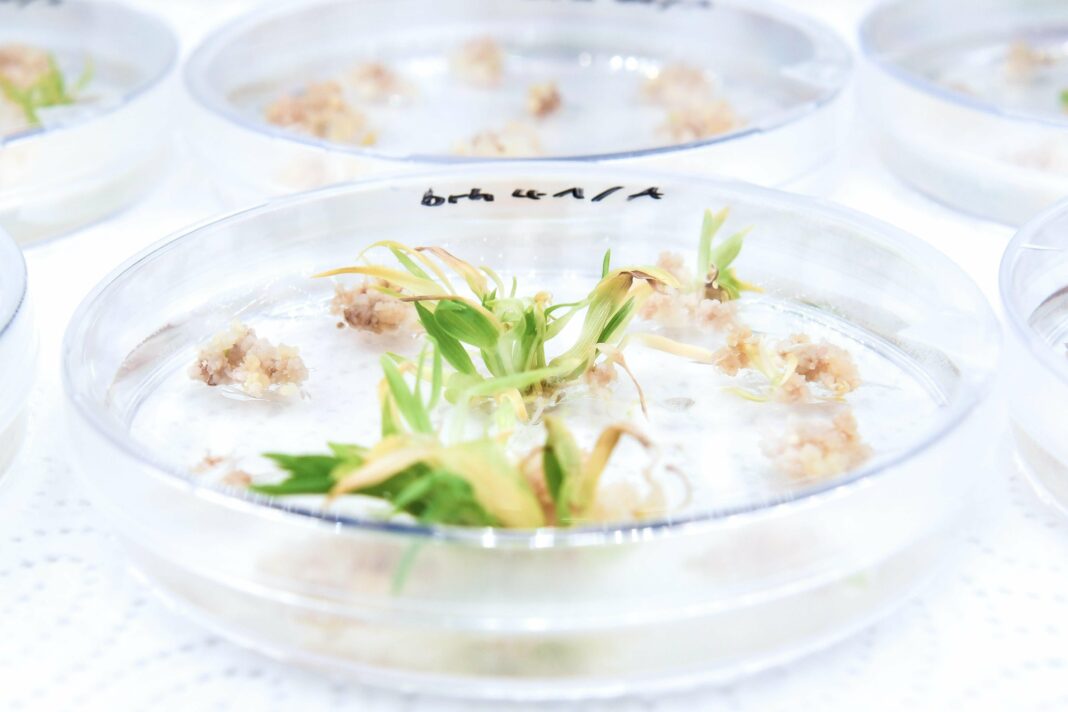Hidden issues in the food supply, particularly genetic diversity loss in crops, pose significant risks to agriculture. Researchers, led by Ueli Grossniklaus, are exploring epigenetics to enhance crop resilience and yield without altering DNA. Despite regulations categorizing targeted genetic changes as GMOs, which face public skepticism, scientists argue that epigenetic modifications could be crucial for sustainable farming. This emerging field holds promise for creating more robust plants capable of thriving in challenging environmental conditions.
Understanding the Hidden Issues in Our Food Supply
Often, ailments remain concealed beneath the surface, especially when it comes to our food sources. For millennia, grains, fruits, and vegetables have been cultivated with a focus on efficiency, prioritizing traits like size or uniform ripening times. Over the past four decades, companies have primarily crossed plants within their own elite lines, leading to a significant reduction in genetic diversity among crops.
When the genetic variety of crops is diminished, they become more vulnerable to diseases and environmental shifts. Researchers, led by geneticist Ueli Grossniklaus from the University of Zurich, are investigating ways to reintroduce diversity into our agricultural fields, even within single crop varieties.
Exploring Epigenetics in Agriculture
The team is examining how epigenetics, the study of gene regulation without altering DNA, can be applied to agriculture. The term “epi” originates from Greek and means “over” or “upon.” In epigenetics, biochemical processes determine whether and how different cells activate various genes.
To visualize this, think of DNA as a book containing all necessary information for a plant’s growth. Each gene represents a chapter, while methyl groups act like colorful sticky notes that influence how the cell interprets its genetic “book.” Black notes may obscure parts of the text, rendering certain information unreadable, while green notes highlight crucial information that the cell prioritizes.
In agricultural crops, epigenetic mechanisms can dictate how long fruits ripen or how rapidly seeds develop into seedlings. By harnessing these processes, researchers hope to cultivate plants that can better withstand drought, flooding, or saline soils. Essentially, these plants would pay attention to the vital sections of their genetic instructions that enable them to thrive in challenging conditions.
As Ueli Grossniklaus points out, “We are still far from such a reality,” but the research on field mustard—an ideal model organism due to its simplified genome—holds promise for future applications in more complex crops like wheat. “We have indeed found effects that could be useful for agriculture in the near future,” he adds.
The global seed market is currently dominated by major players like Bayer, Corteva, and Syngenta, collectively controlling over half of a market that generates upwards of $57.22 billion annually. In Europe and Switzerland, the top five companies command an astonishing 95 percent of the vegetable seed market, leading to a genetic bottleneck in farming.
Grossniklaus emphasizes the need to broaden this bottleneck by introducing epigenetic variation. The goal is to create plants that maintain identical DNA and appearance while exhibiting diverse epigenetic traits, ultimately enhancing resilience and yield.
Understanding epigenetics is crucial for plant research, as some traits that develop in response to environmental stress may not be passed down through generations. Previous beliefs suggested that epigenetic processes held little value in plant breeding, but Grossniklaus’ research indicates that stable epigenetic traits can indeed be inherited.
Historically, crossing plants has been the foundation of breeding better traits. However, the complexity of traits necessitates a deeper dive into epigenetics. Claudia Köhler, director at the Max Planck Institute for Molecular Plant Physiology, notes, “Anyone who only looks at the genome will never fully decipher the origin of certain traits.”
Though epigenetics can illuminate how various plant traits are activated, traits must first be present in a plant’s genome before they can be activated. For example, developing virus resistance through traditional breeding can be a lengthy process, as viruses currently threaten half of the world’s agricultural potential.
Genome editing presents a promising avenue for accelerating this process. Techniques like Crispr/Cas9 can drastically reduce the time required to transfer traits such as virus resistance from fifteen years to just three. However, as Köhler explains, any specific genetic change is categorized as a genetically modified organism (GMO) under EU regulations.
Switzerland has enforced a moratorium on GMOs since 2005, which has recently been extended until 2025. The EU has only approved a single genetically modified plant for cultivation, while many countries, including Germany, have opted to ban such crops despite their approval status.
Köhler points out the absurdity of the regulations, stating, “In the EU, it is permitted to create random mutations using chemicals or radiation, but targeted changes through Crispr are classified as GMO.” This extends to epigenetic modifications, which also fall under genetic engineering laws when intentional changes are made.
Public sentiment largely opposes green genetic engineering, with a 2024 survey revealing that 77 percent of respondents in Switzerland reject genetically modified plants. This skepticism is mirrored in neighboring countries, where four out of five Germans are against genetic interventions in crops, often citing safety concerns.
Scientists argue this viewpoint is outdated. Nicolaus von Wirén, director of the Leibniz Institute for Plant Genetics and Crop Plant Research, asserts, “Our laws hinder progress without factual basis.” This stance negatively impacts the potential of innovations stemming from epigenetic research, which remains a largely untapped resource for sustainable agriculture.
In conclusion, the exploration of epigenetics offers a pathway to enhance agricultural resilience and productivity. As scientists continue to unravel the complexities of plant traits, the hope for a more diverse and robust food supply grows stronger.
